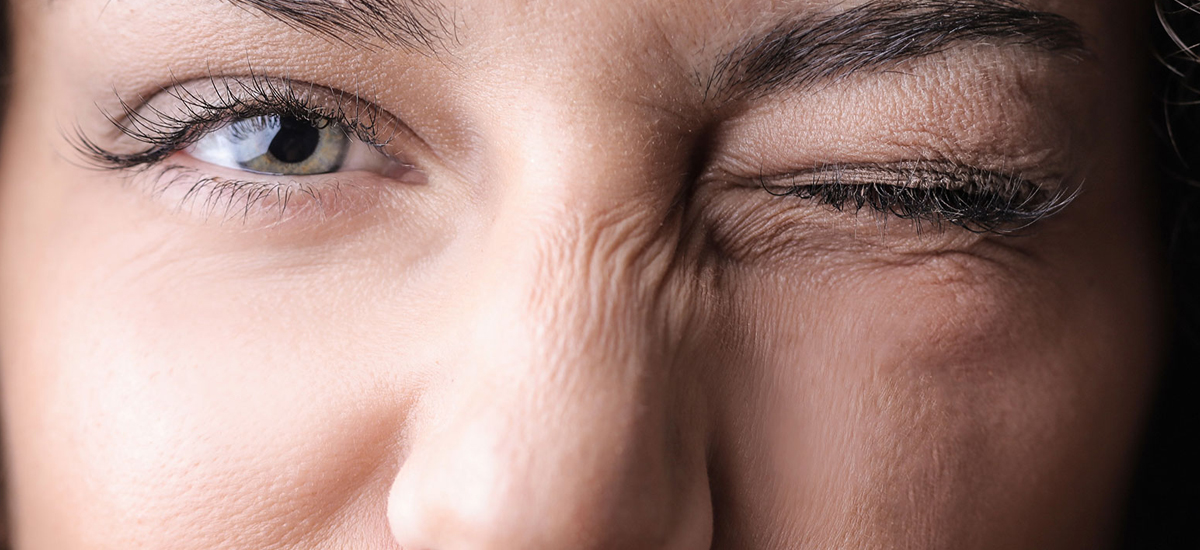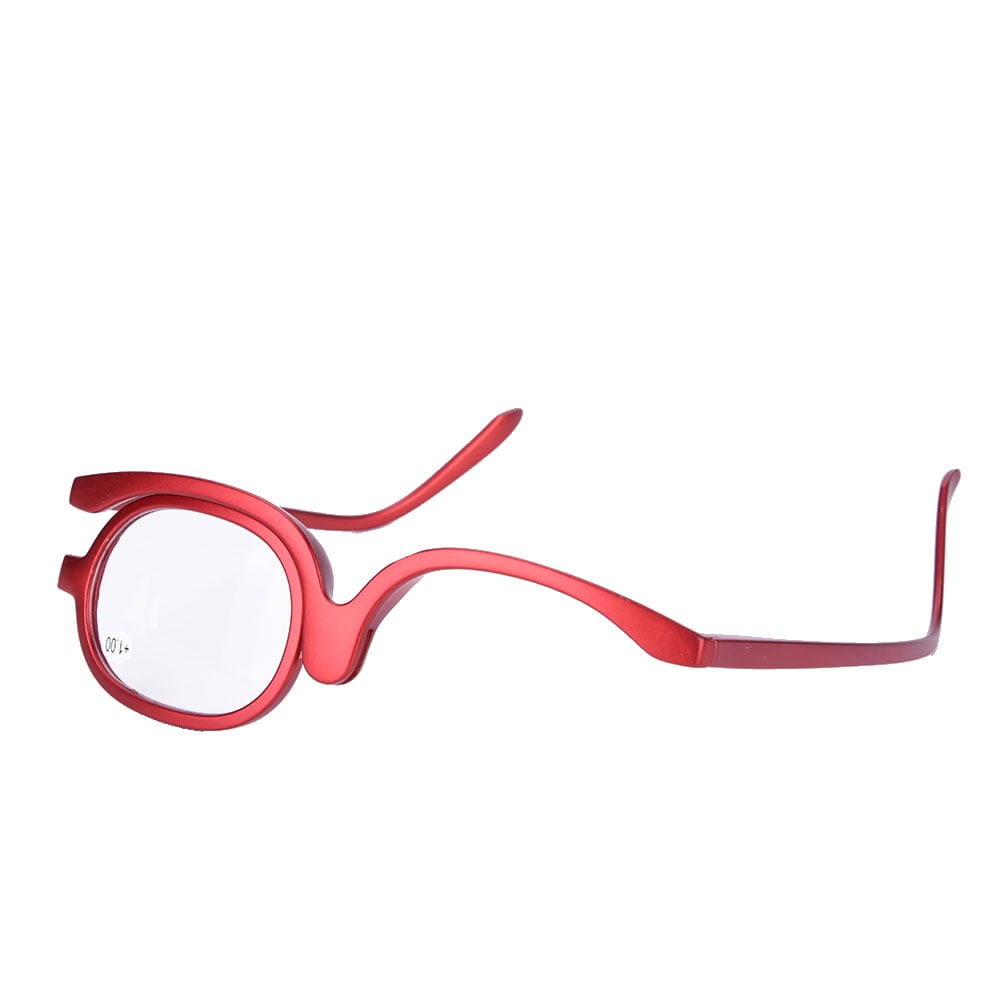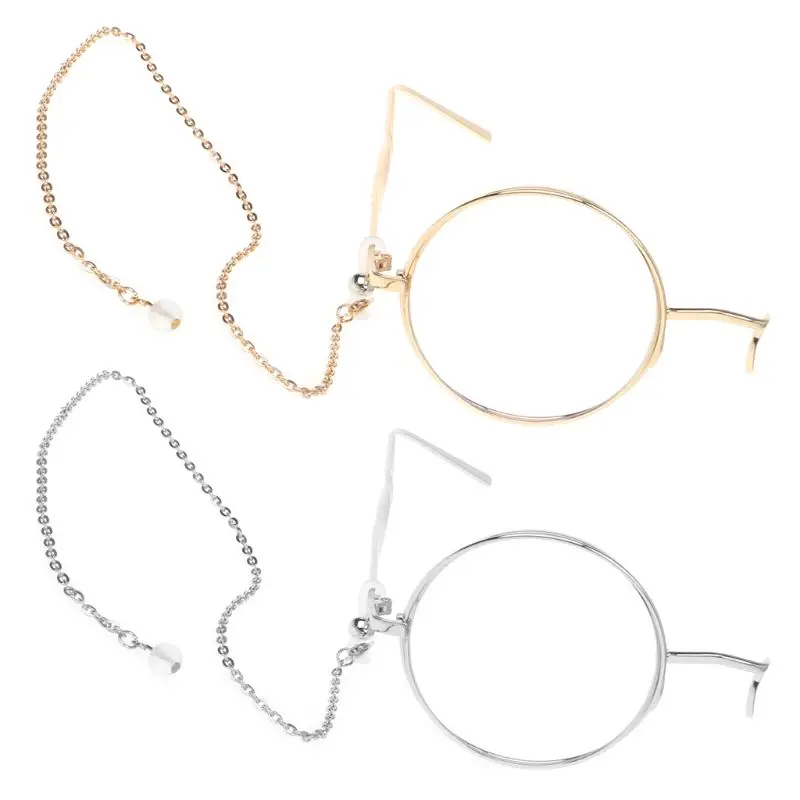
If you haven't been to the eye doctor or want a way to double-check in the store, Andreoli recommends grabbing a greeting card from the stationery aisle to carry out a DIY test: Hold the card at a comfortable reading distance and try on several pairs until you find the ones that work best. The higher the number is, the stronger the glasses are. “A good rule of thumb is that any strength of will last someone between 45 and 65 about two years,” Andreoli says.Įxperts say the best way to determine what strength you need in the first place is with a yearly eye exam, which can tell you what power (notated with a number like +1.00 or +2.50) you need. That means the reading-glass strength you start out with will need to increase as the years go by. But, she adds, once your up-close vision starts changing, you can expect it to continue to worsen into your mid-60s. "Reading glasses from a drugstore are in fact perfectly safe,” says ophthalmologist Michelle Andreoli, M.D., a clinical spokesperson for the American Academy of Ophthalmology, who notes that over-the-counter reading glasses, including low-cost dollar store options, can help you focus up close and will not damage your eyesight. But experts say that the right pair of reading glasses, including those readily available at retailers like a dollar store or pharmacy, can help bring small print and other objects, like your smartphone screen, back into focus.

18, 2017.En español | Who needs reading glasses? All of us do, eventually, thanks to a condition called presbyopia - a gradual loss of the ability to clearly see things up close - that becomes noticeable for most people beginning in their 40s.īecause presbyopia is caused by age-related changes to the lens of the eye, it isn't preventable or reversible. A review of the surgical options for the correction of presbyopia. In: Kanski's Clinical Ophthalmology: A Systematic Approach.

Rochester, Minn.: Mayo Foundation for Medical Education and Research 2020. Visual impairment in adults: Refractive disorders and presbyopia. Certain drugs are associated with premature presbyopic symptoms, including antidepressants, antihistamines and diuretics. Being farsighted or having certain diseases - such as diabetes, multiple sclerosis or cardiovascular diseases - can increase your risk of premature presbyopia, which is presbyopia in people younger than 40. Almost everyone experiences some degree of presbyopia after age 40. Age is the greatest risk factor for presbyopia. Risk factorsĬertain factors can make you more likely to develop presbyopia, including: As a result, these images appear out of focus. As your lens becomes less flexible, it can no longer change shape to focus on close-up images. Presbyopia is caused by a hardening of the lens of your eye, which occurs with aging. When you look at something nearby, the muscle constricts, allowing the relatively elastic lens to curve and change its focusing power. When you look at something at a distance, the circular muscle relaxes. The lens, unlike the cornea, is somewhat flexible and can change shape with the help of a circular muscle that surrounds it. Both of these structures bend (refract) light entering your eye to focus the image on the retina, located on the inside back wall of your eye.The lens is a clear structure about the size and shape of an M&M's candy.The cornea is the clear, dome-shaped front surface of your eye.


The closer the object, the more the lens flexes. To form an image, your eye relies on the cornea and the lens to focus the light reflected from objects. This makes close-up objects appear blurry. If you have presbyopia, your inflexible lens doesn't adjust to focus light properly, so the point of focus falls behind the retina (bottom image). With normal vision, an image is sharply focused onto the retina (top image).


 0 kommentar(er)
0 kommentar(er)
